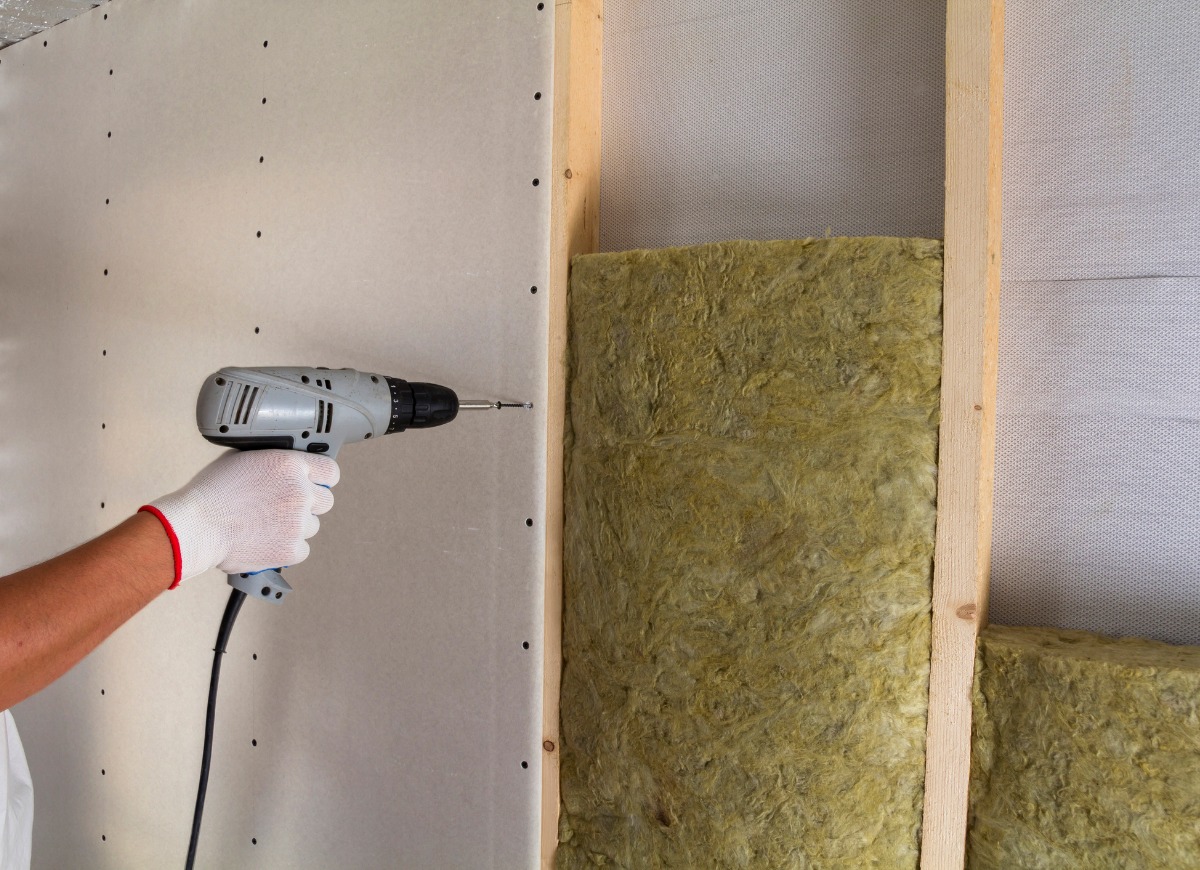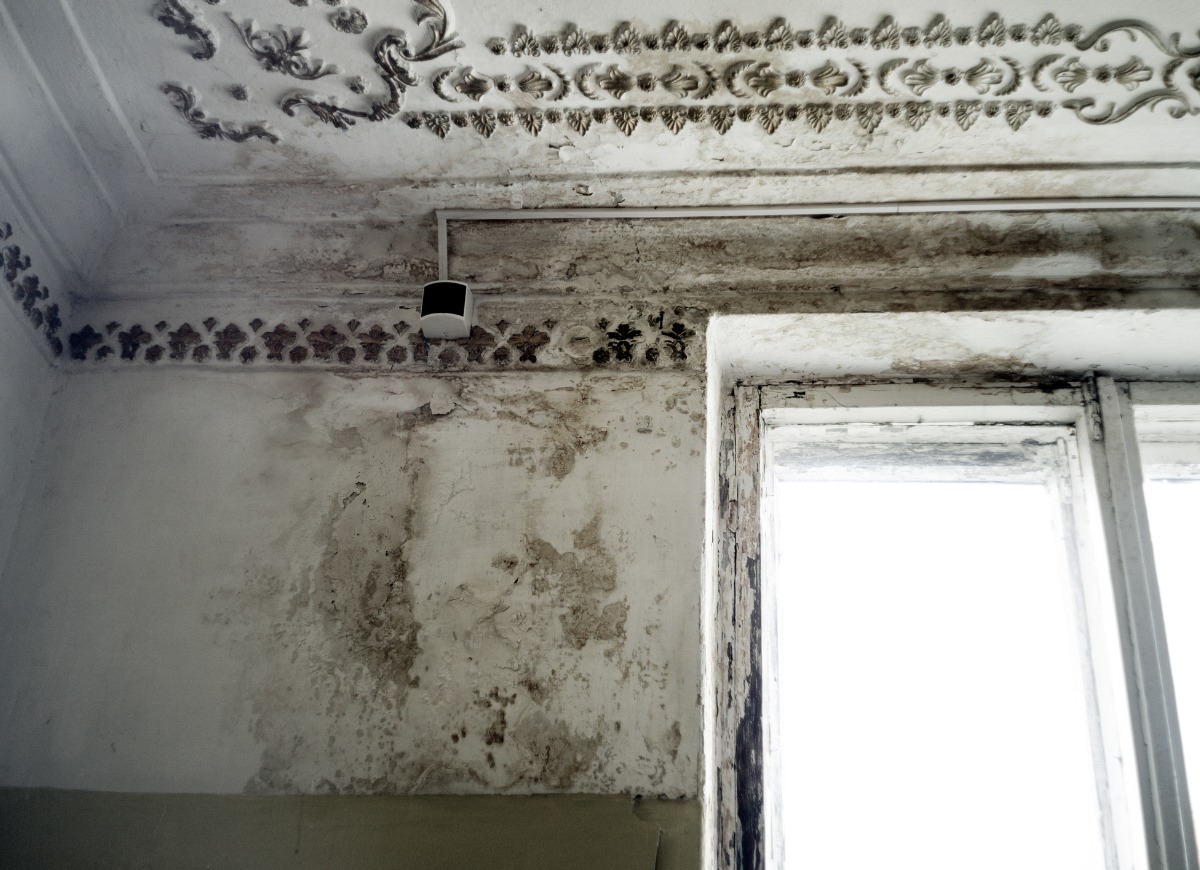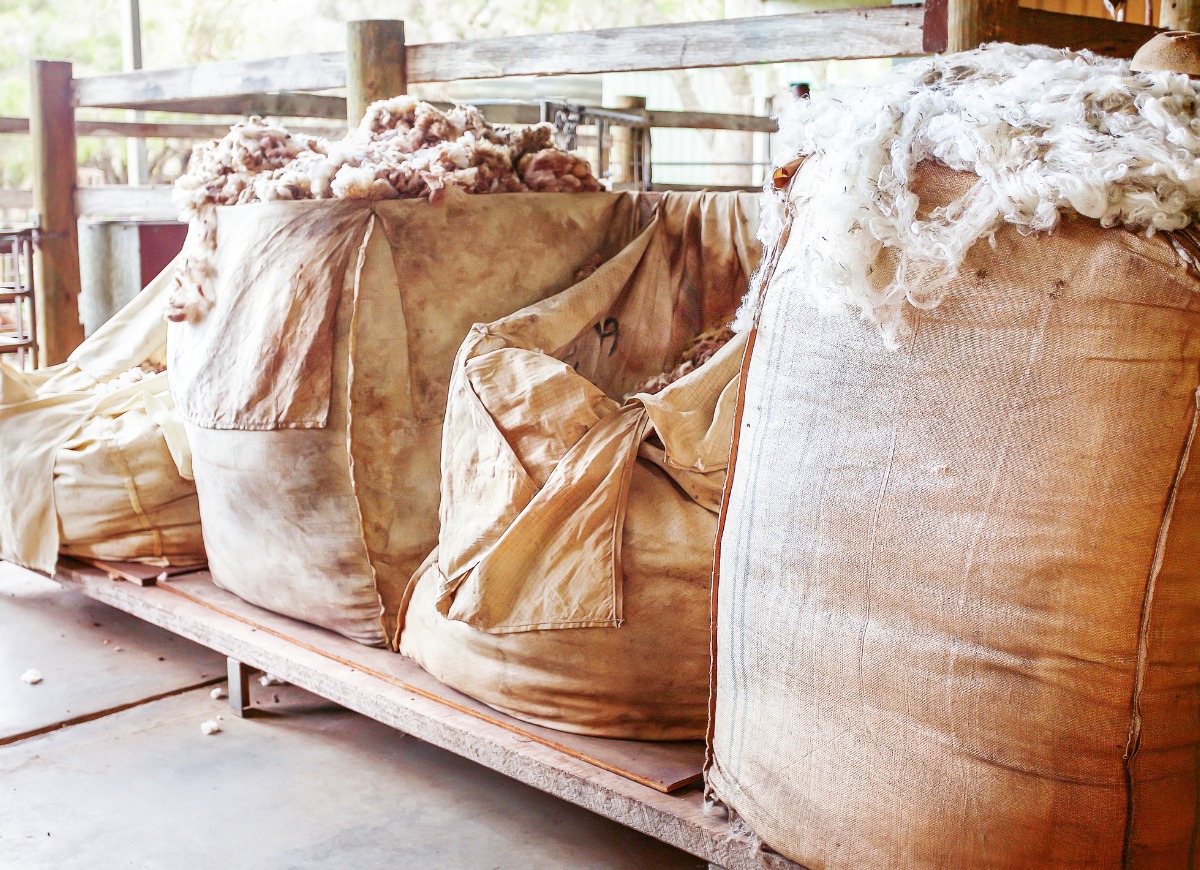We may earn revenue from the products available on this page and participate in affiliate programs. Learn More ›
From the ground up, insulation is a necessity in the home. Tucked behind walls, nestled beneath floors, and hidden above ceilings, this material helps regulate temperature, minimize sound, and conserve energy indoors. Homeowners have several different types of insulation from which to choose, and each has advantages and disadvantages.
Many old homes are rife with hazardous forms of insulation, the worst of which is asbestos. Banned in most countries since the 1980s, asbestos has been linked to mesothelioma, lung cancer, and other health problems. Other forms of outdated insulation, like vermiculite and urea formaldehyde foam, are also harmful.
If you live in an older home and plan to upgrade your insulation, be sure to test for asbestos and, if it is present, enlist professional help to remove it safely. All potential dangers to human health aside, old insulation is also less effective at insulating the home. Sheep’s wool insulation is a unique alternative to conventional insulations. Keep reading to learn why.
1. Sheep’s wool insulation uses a natural fiber base.
Among the most popular insulation materials today are fiberglass and rockwool (also known as mineral wool). Both consist of man-made fibers spun from, as their names suggest, molten glass or minerals such as basalt or diabase. While these insulation types are considered safe by institutes such as the U.S. National Toxicology Program and the International Agency for Research on Cancer, they do contain synthetic, hairlike fibers that can break off and become airborne during installation. They also contain formaldehyde, which is known to release volatile organic compounds (VOCs) into the air. Both airborne fibers and formaldehyde can irritate the skin and lungs, and long-term exposure to formaldehyde may cause some types of cancer. Even spray foam insulation can be especially dangerous due to the high level of VOCs that off-gas into the air during installation and before it cures completely.
Sheep’s wool insulation starts as sheared wool that grows naturally on sheep—often wool that is deemed too coarse to make into clothing or other fabric. It is important to note, however, that it is common manufacturing practice to treat sheep’s wool insulation with additives such as boric acid to repel insects and further reduce flammability. Ammonium sulfates may also be added as a fire retardant. So while the base material is inherently natural, the sheep’s wool insulation end product is also not completely free of toxins. Both additives are considered poisonous if ingested and can cause irritation to the skin, eyes, nose, and throat. Moreover, boric acid is classified as a reproductive toxin by the Classification, Labelling and Packaging (CLP) Regulation in Europe.
When installing any type of insulation in your home, always use caution and wear the protective gear recommended by the insulation manufacturer.
2. It has a high R-value per inch.
One of the primary benefits of sheep’s wool insulation is its stellar R-value. R-value is the measurement of an insulating material’s resistance to conductive heat flow, and the higher a material’s R-value, the more effective it is as insulation. Sheep’s wool is a thick, dense material, making it an excellent insulator. Sheep’s wool insulation offers an R-13 to R-19 value, which is equal to or greater than most of its fiberglass, cellulose, and rockwool counterparts. Its natural base and effectiveness make sheep’s wool insulation a desirable option for many homeowners.

3. Sheep’s wool insulation is durable.
Sheep’s wool insulation offers supreme durability due to its elasticity, and will keep a home toasty or cool for years to come. Each wool fiber acts like a coiled spring: It elongates when extended and retracts when it’s released, which is why wool is highly resistant to breakage and tearing. Sheep’s wool also has a protective skin that acts as a shield against abrasion.
4. It regulates humidity.
The fibers in sheep’s wool insulation have a water-repelling exterior and a water-tolerant interior. If wool becomes inundated with moisture, the follicles within the fiber can hold up to a third of its weight. The wool will still be dry to the touch but it will continue to insulate, even during periods of high humidity. Because of its semi-permeability, wool functions as a temperature regulator: it absorbs moisture from the atmosphere of greater humidity and releases it to the drier atmosphere. Essentially, sheep’s wool creates a balanced environment.

5. Sheep’s wool insulation resists fire and mold.
The moisture content in each fiber of sheep’s wool make it naturally fire resistant. And because of its high nitrogen content of approximately 16 percent, sheep’s wool is considered a self-extinguishing material that won’t support flames below temperatures of 1,040 degrees Fahrenheit. (Though, as noted above, most sheep’s wool insulation products are treated with additives to further reduce their flammability.) Finally, because wool is a keratin, it also naturally resists mold growth.
RELATED: 7 Places That Could Use More Insulation—And Why
6. Sheep’s wool insulation provides good sound dampening.
With a noise reduction coefficient of 0.90 to 1.15, sheep’s wool insulation makes a supreme sound barrier for the home. The molecular makeup of sheep’s wool is helical, which reduces airborne sound, surface noise, and sound transmission. Its viscoelastic properties can also help the fiber convert sound energy to heat.

